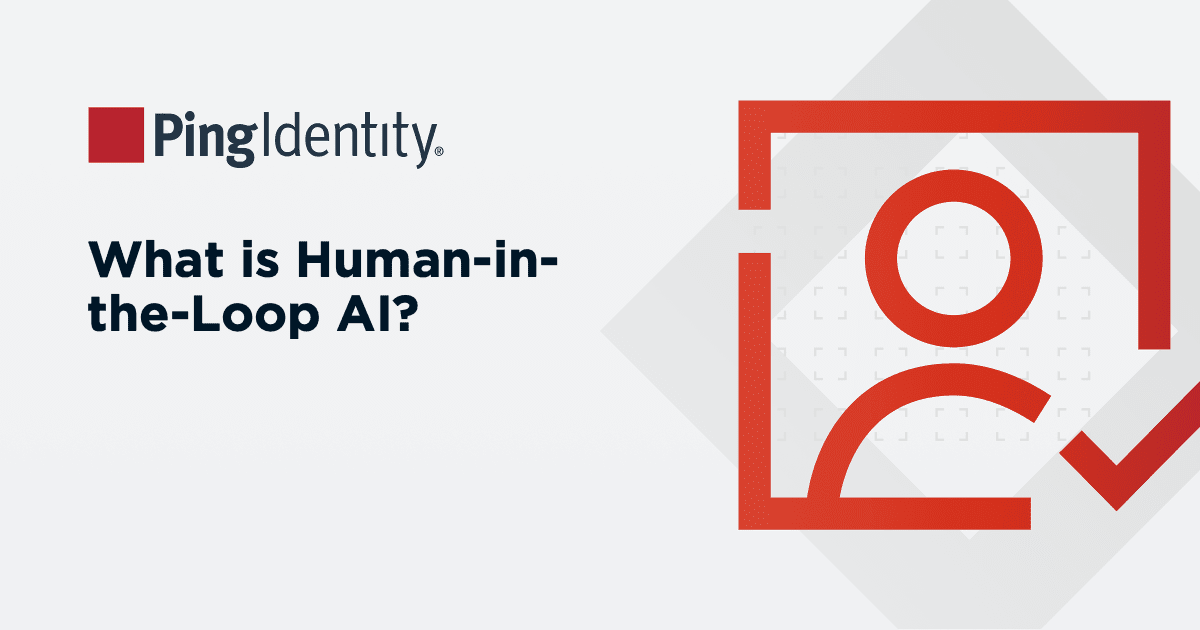According to the 2025 Verizon Data Breach Investigations Report, 30% of all breaches they analyzed were linked to third-party involvement. Recent research from CyberRisk Alliance found that 54% of organizations have experienced a third-party security breach, and SecurityScorecard research unearthed that 98% work with at least one vendor that has been breached in the last two years.3 These are not theoretical risks — they’re operational realities that security teams are facing every day.
Consider the 2023 MOVEit breach, a high-profile example where a zero-day exploit ultimately impacted over 2,600 organizations and 77 million people, including government agencies, healthcare providers, and financial institutions.4 While the initial compromise exploited a software vulnerability, the breach spread through the extended vendor ecosystem, exposing data across thousands of interconnected businesses. For many affected organizations, the real challenge wasn’t the exploit itself, it was the inability to quickly answer basic questions like: Which partners had access to our systems? What data could they reach? And, who owns those access paths?
This is where identity becomes the control point. When third-party access isn’t governed — when service accounts are unmonitored, user credentials are over-permissioned, or integrations go unaudited — a single point of compromise can ripple across an entire supply chain. That’s not just a software flaw problem. That’s a visibility and governance problem — exactly the type of risk modern B2B IAM is designed to solve.
Today’s supply chains are digital, dynamic, and often built on thousands of external identities outside your control. Contractors, technology providers, logistics firms, resellers, and vendors regularly require direct access to your enterprise systems, applications, or sensitive data. However, when identity and access isn’t managed with a modern B2B IAM approach providing sufficient oversight, discipline and transparency, those external identities can quickly become open invitations for threat actors, creating serious vulnerabilities across your digital ecosystem.


